Lessons in Faith: A Closer Look at the Christmas Season
This year has been a year of reflection. Wanting to witness the good when and where ever possible, and understanding my faith more deeply. I appreciate that you’ve been with me on this journey of rediscovery.
We are in the 3rd week of the new liturgical year and the Advent and Christmas season has become more divisive between the secular and religious. For me and my family, we bring both together so we are able to enjoy the Christmas cheer with our non-religious friends and family and hold true to our religious beliefs and traditions.
My journey this week has me looking even closer at the Christmas Season. Wishing you and yours a blessed and joyous season. Enjoy!
Kathleen

A Closer Look at the Christmas Season
Even though we start seeing Christmas decorations up in stores in early November, the Christmas season technically doesn’t begin until December 25. What precedes it is, as we have written about recently, the intentional time of Advent, which prepares us to celebrate the Incarnation.
What many people don’t realize is that Christmas isn’t just a one-day event!
It’s a liturgical celebration that lasts well into January. It is only fitting that such a pivotal event in our faith and in the history of the world would be celebrated for a season, not just one day. Let’s take a closer look at the timeline of the Christmas season and what it means for people of faith!
What the Rest of the World Says

The secular world brings out colored lights and Christmas music in mid-November. This year, the decorations began to emerge even earlier because of the pandemic and the need to feel the Christmas cheer a little longer. But at the same time, much of the secular world will finish with Christmas on Boxing Day, December 26.
Rarely do see celebrations occurring or decorations up past late December. And it’s common to see Valentine’s Day goods in stores just a week or two after Christmas and New Year’s Eve.
While much of the world is moving into the next season, Catholic homes will have their Christmas trees and decorations up well into January. And Catholic Churches will keep their Nativity sets up as well.
Why? Because the liturgical season of Christmas lasts until the Baptism of the Lord on January 12!
What the Church Says
Starting Christmas so early doesn’t take into account the value of the Advent season. As written previously, Advent is a period of preparation leading up to Christmas. Just as Lent prepares us for Easter, Advent prepares us for Christmas.
Liturgically, Christmas is a season. We don’t limit it to just one day in the Catholic Church because the Incarnation is such a profound mystery to contemplate and celebrate.
In the Catholic Church, the season of Christmas begins on December 25 and includes a number of important feast days marking important moments in salvation history. While it may be difficult to continue to celebrate while the rest of the world moves on after December 25th. If we are able to fully celebrate the season of Christmas, we enter that much more deeply into the mystery of the Incarnation. What a gift!
Christmas in January?
You may remember some of the important dates throughout the season, but just in case, here’s a timeline of some of the important feast days throughout the Christmas season.

December 25 is of course, the Nativity, when Jesus was born to Mary and Joseph in Bethlehem. But there are many other important feast days that occur throughout the Christmas season until the official end of the season and the beginning of Ordinary Time on January 12.
On December 26, it is no coincidence that we celebrate the Feast of St. Stephen, the first martyr of the Church. This is profound to meditate on because the most joyful day of the Christian calendar is followed by a martyrdom. It is a reminder of the cross and of the faith that we are called to as followers of Christ.
On December 27, we mark the Feast of the Holy Family. We look to Jesus, Mary, and Joseph as a model for our own families as we strive to live out their holiness and model their love for each other.
December 28 is the Feast of the Holy Innocents, on which we remember the many children massacred by Herod in Judea after hearing about the birth of Jesus. This day is also a prominent day that the Church prays for the unborn and for an end to abortion.
On January 1, we celebrate the Solemnity of Mary, Mother of God, which is usually a Holy Day of Obligation. There are many feast days that honor Mary, but this one recognizes her role as the Mother of Jesus and in turn, the Mother of God.
And finally, January 3 is the Epiphany, and January 10 is the Baptism of the Lord. Both of these days mark important moments in the early life of Christ. The Epiphany commemorates when the Three Wise Men visited Jesus just after He was born, and the Baptism of the Lord ends the Christmas season by marking His baptism by John the Baptist in the Jordan River as we read in Scripture.
So, clearly there is so much to celebrate and commemorate during the Christmas season, even after December 25!

Christmas Doesn’t End on December 25!
As we continue on towards the Christmas season, stay tuned on social media to learn more about our 2020 year-end customer appreciation sale. A Door Rosary is a great way to bring a small reminder of faith to your home, especially as we work our way through these important Christmas season feast days.
Let’s keep the spirit of Christmas alive for the duration of the entire season. Our Savior is a reason to celebrate!
or share this article on using the links below.


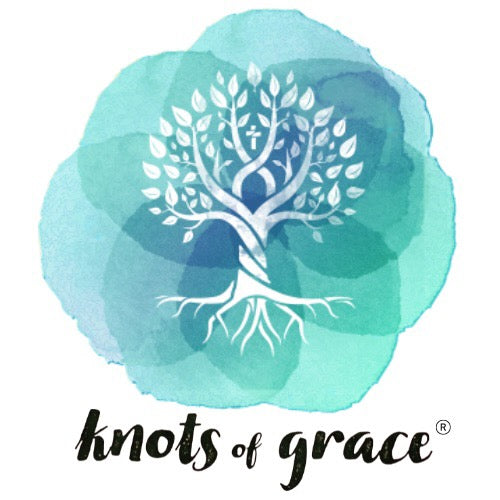
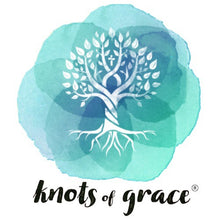




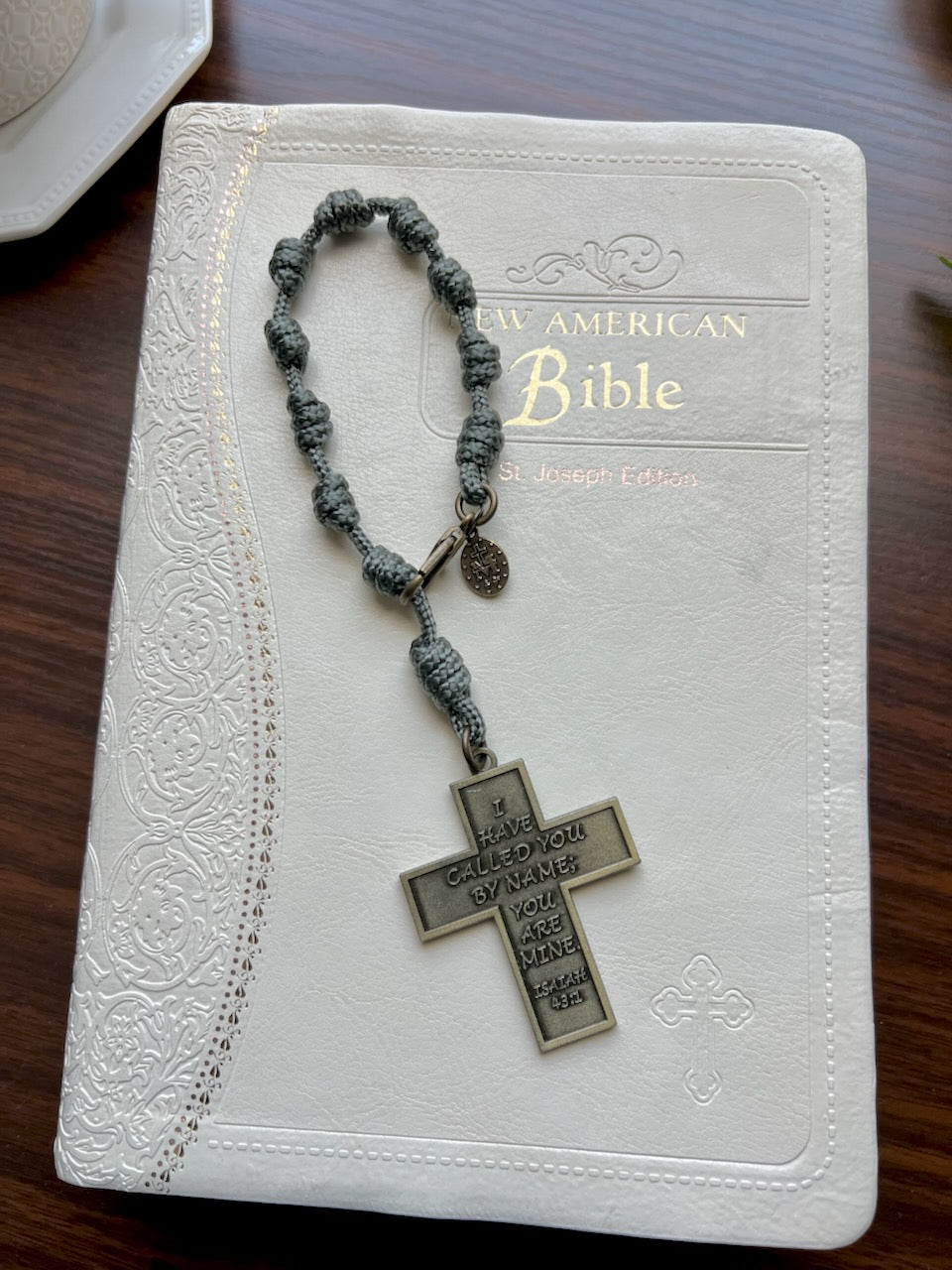


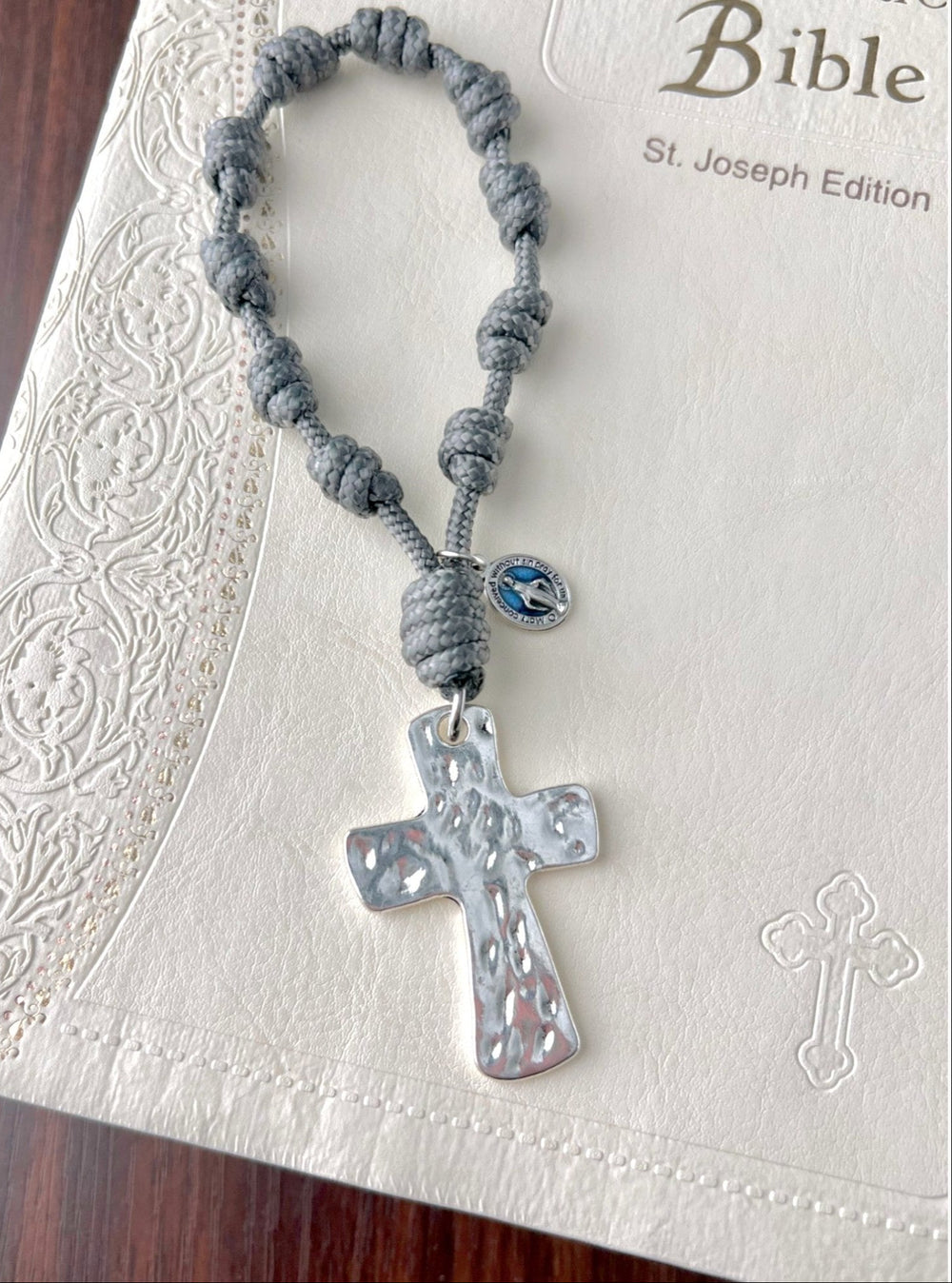
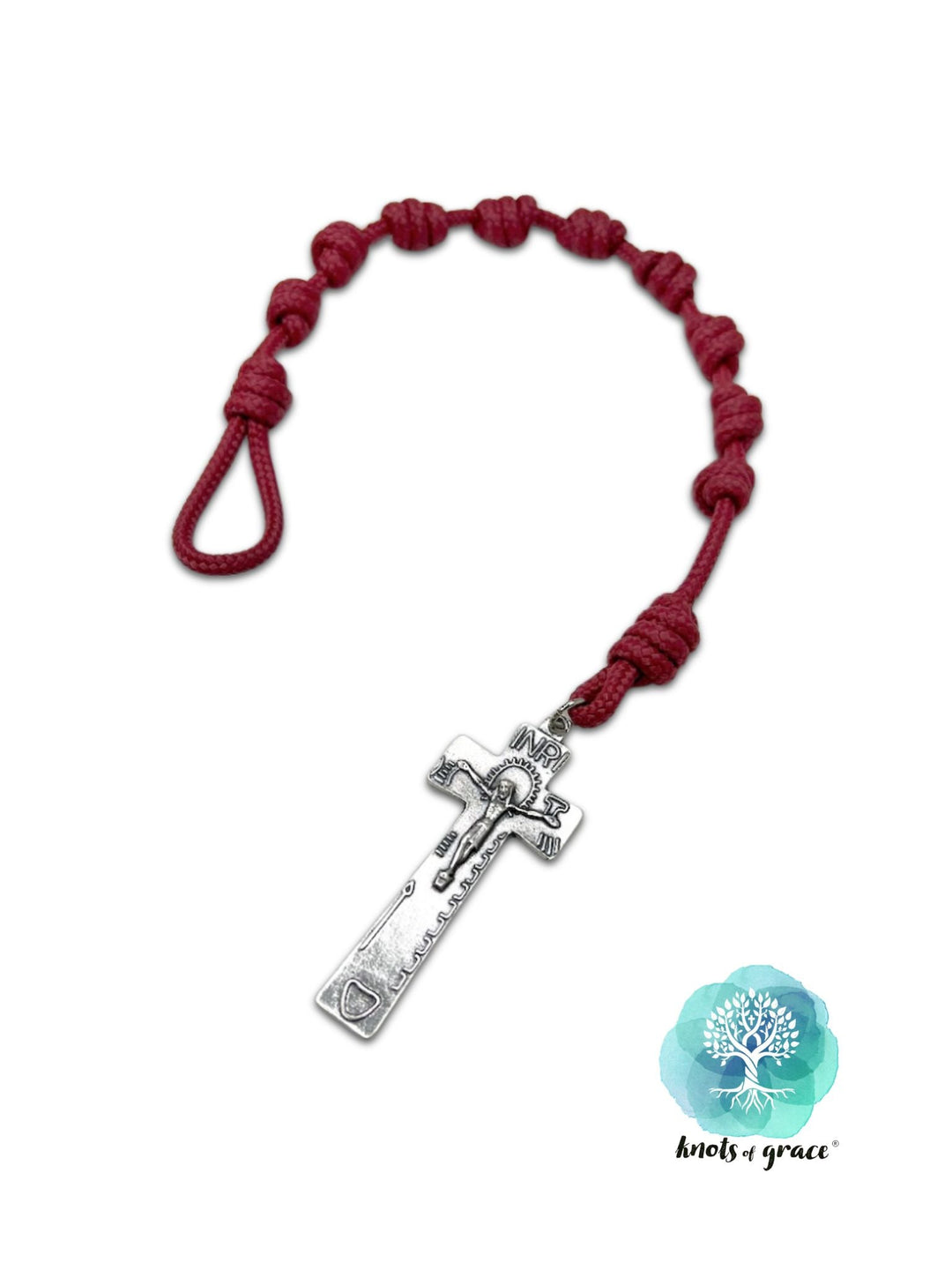
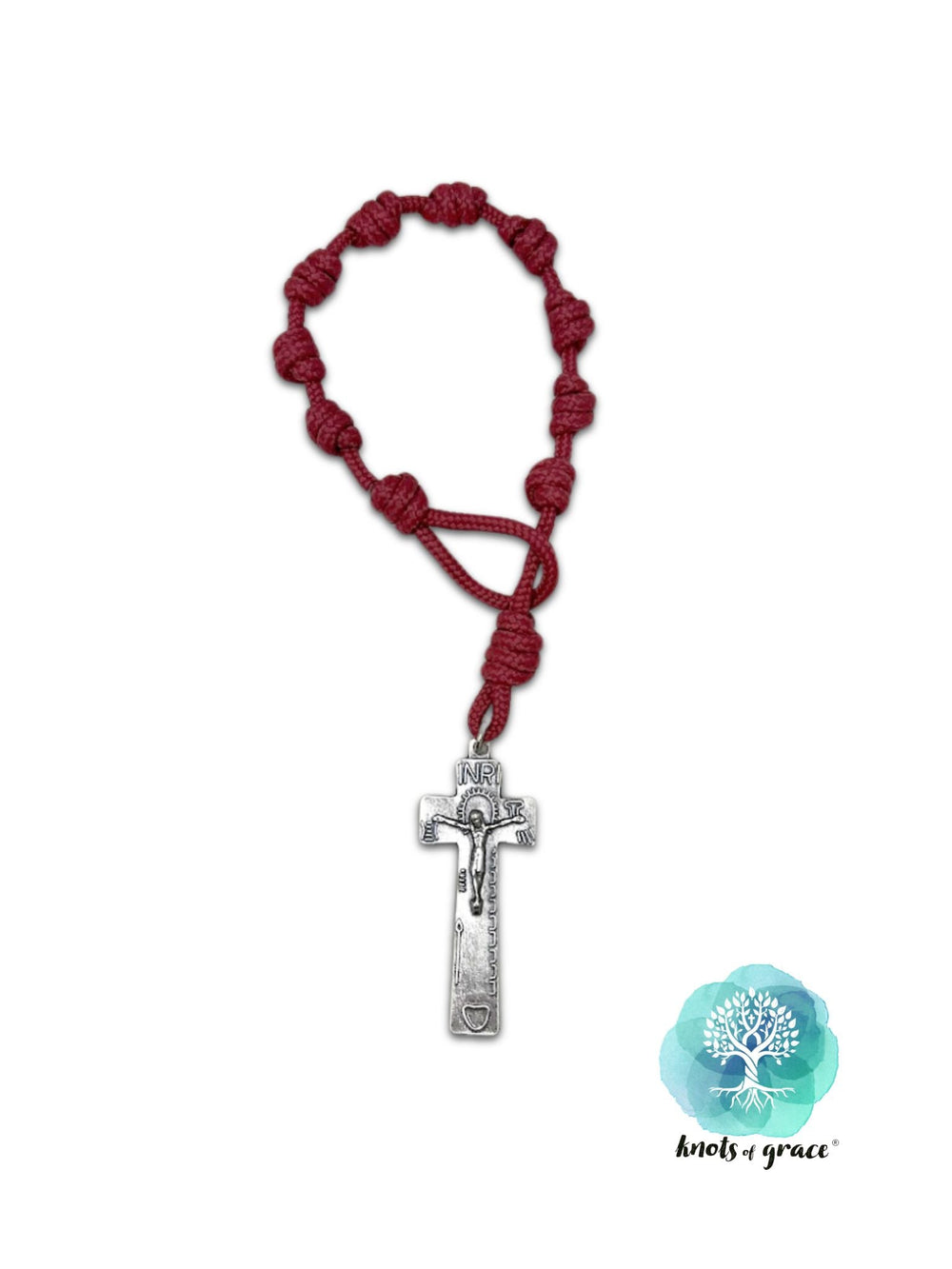
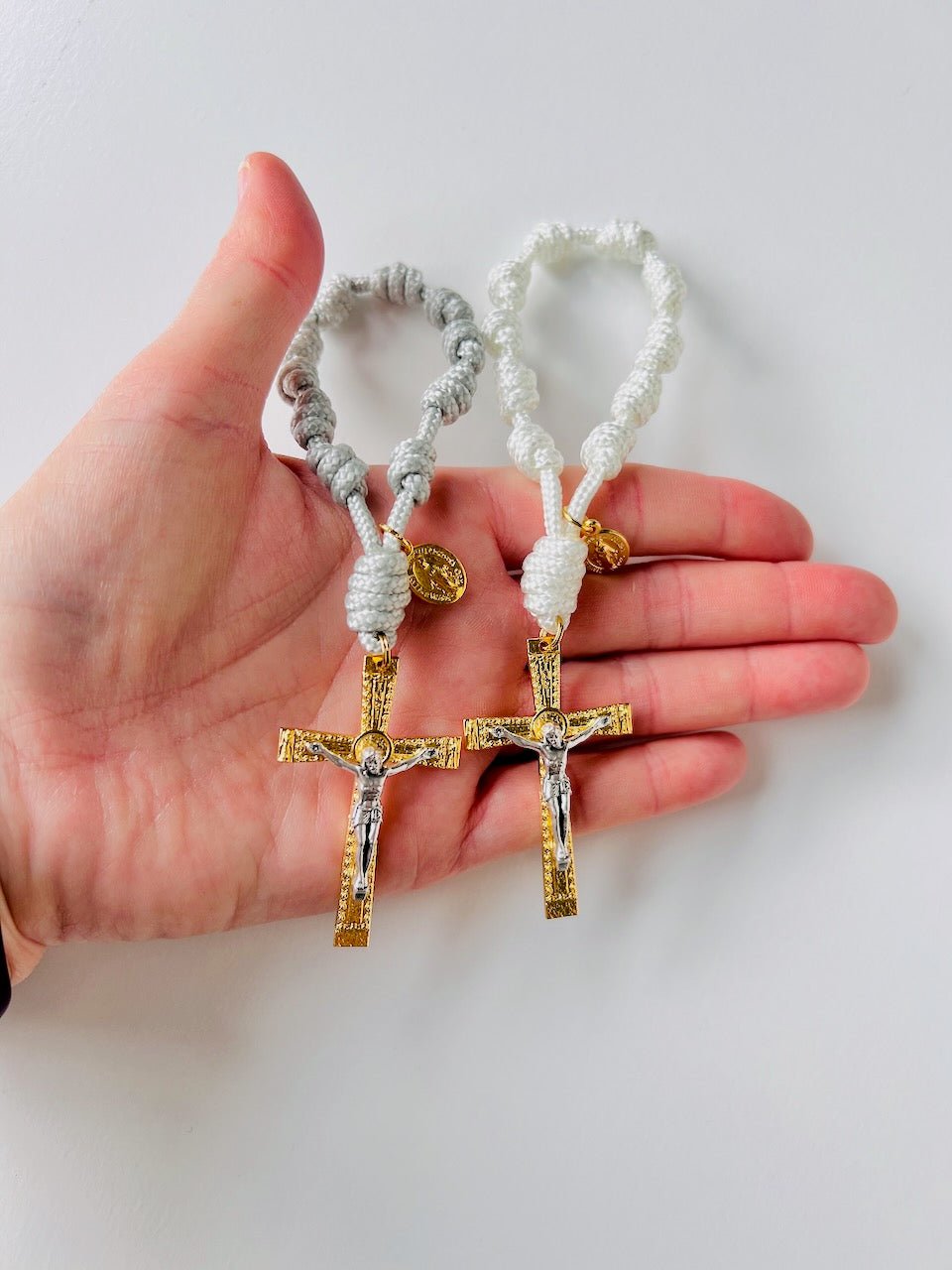
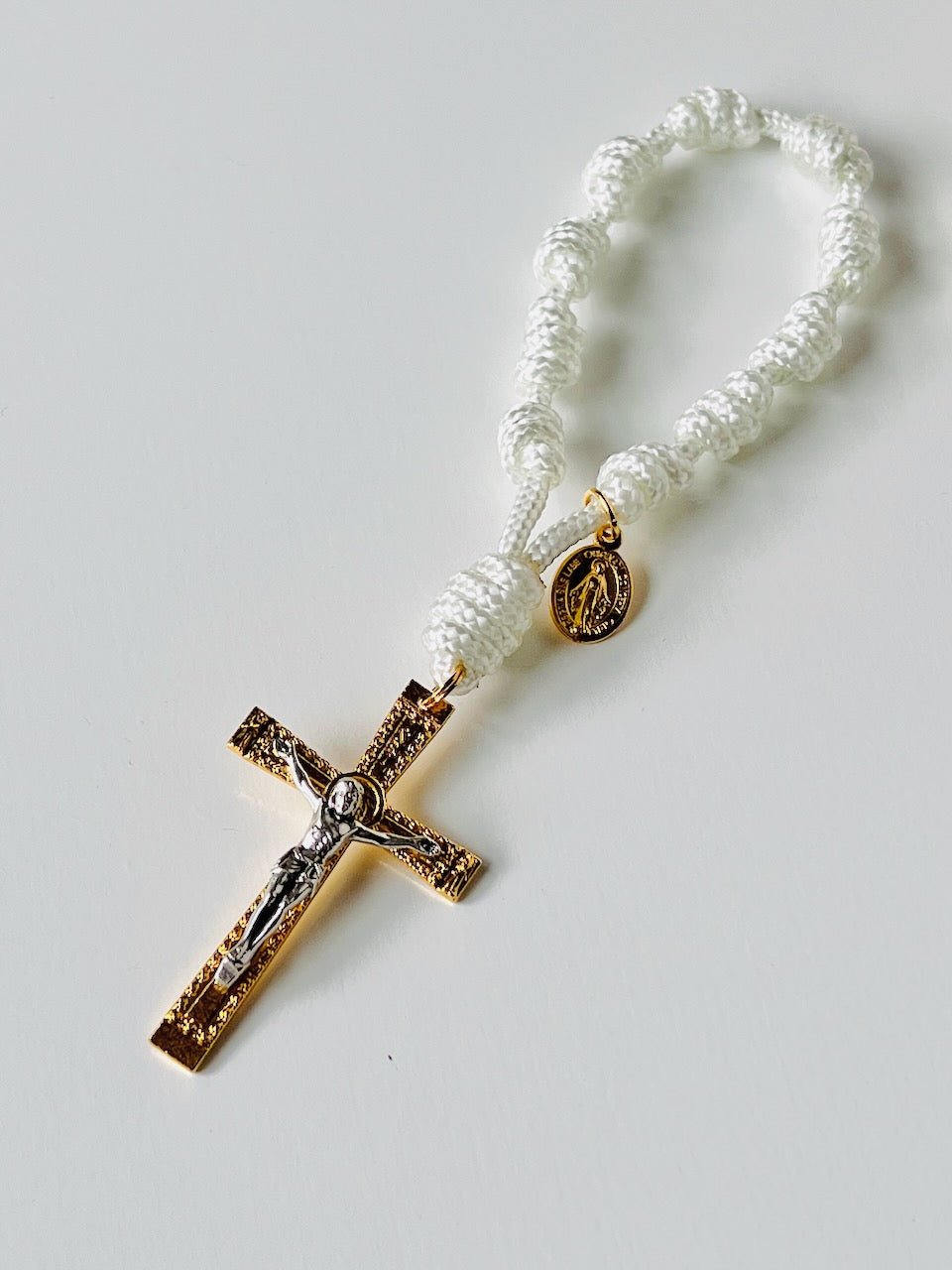
Leave a comment